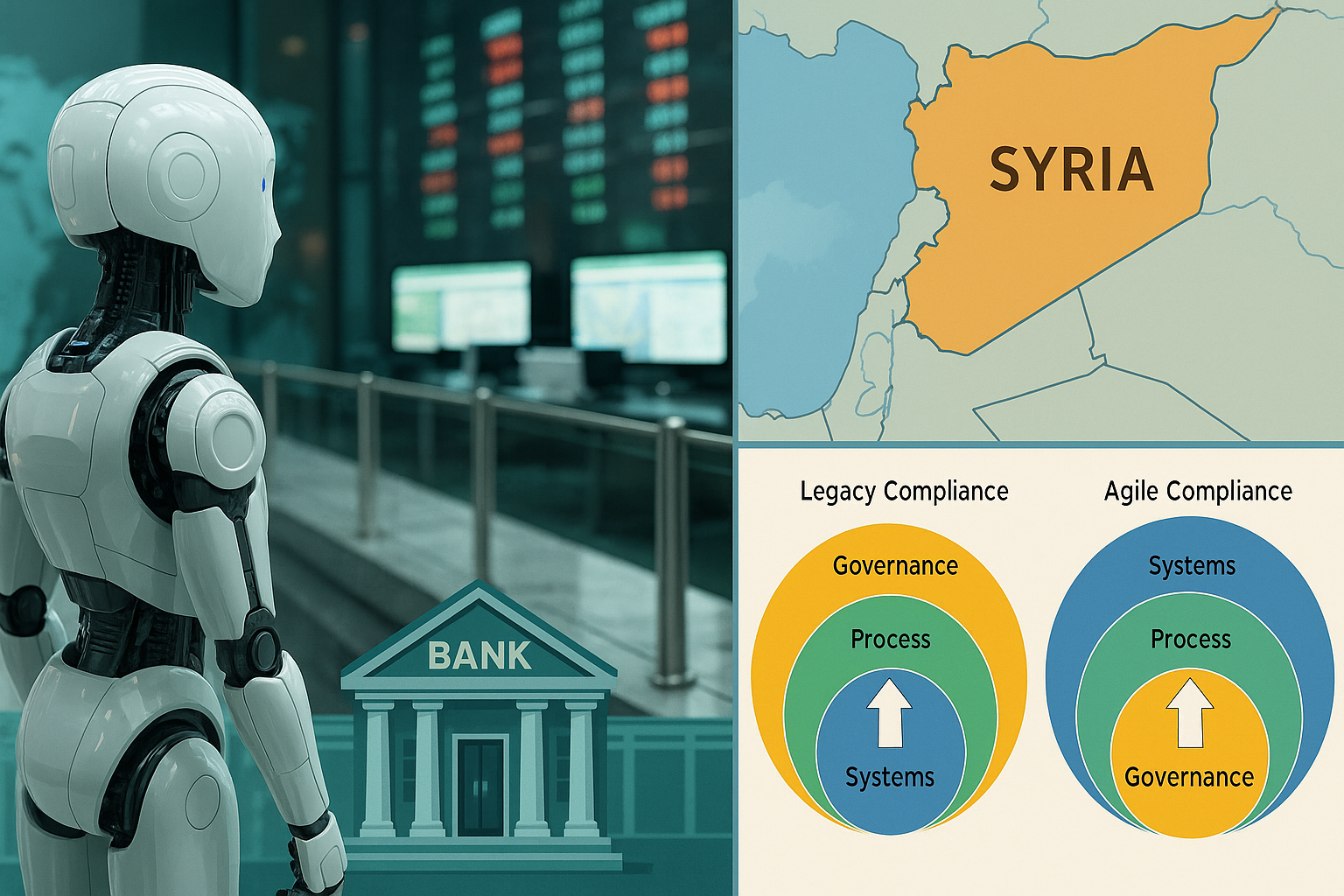An activist government pushing banks to become more innovative in order to fight terrorism? The idea is both intriguing and baffling—and for those of us who’ve long wanted this kind of encouragement, it’s also heart-warming.
Here’s the premise: A couple of weeks ago, the Federal Deposit Insurance Corp. (FDIC), along with the Board of Governors at the Federal Reserve System, as well as the National Credit Union Administration, the Office of the Comptroller of the Currency, and the Financial Crimes Enforcement Network, came together to make a statement. Specifically, this collection of government bodies is encouraging depository institutions to “consider, evaluate, and, where appropriate, responsibly implement innovative approaches” to combat money laundering and terrorism. The agencies readily acknowledge that this kind of innovation— “new ways of using existing tools or adopting new technologies”—will help thwart illicit financial activity.
It’s not as if the FDIC wants to turn the financial services sector into a suit-and-tie version of the Wild West. All institutions must still comply with existing BSA/AML mandates, and ensure the ongoing soundness of their operations. But they do want to see pilot programs, and they’re ready to engage with all interested parties.
This is a big deal. It’s just what we need to unleash those bold programs banks have been itching to implement, right? They’ve all got plans and budgets in the works—it’s the government that’s been holding them back. Now, it’s go time.
Well, let’s take a breath first.
Historically, the government and banks have been slow in making big changes. Meanwhile, fintech providers sit in the uncomfortable middle—powered by technology but constrained by legacy.
But it’s a new era now. Regulators are advocating experimentation in service of innovation, just as banks want to be free of restrictions. And since everyone’s out to play nice, where better to start than. . .the sandbox?
For those outside the industry (and maybe some in it), this is a real thing. A ‘sandbox’ is a digital space for companies to experiment with new financial products and services. It’s technically inside a production environment, but still within clearly defined regulatory boundaries.
That means there are restrictions placed on particular aspects of the environment: limited scope, a set number of customers, specific timeframe, etc. Indeed, there’s direct monitoring by regulators with regard to macro-financial effects, consumer protection, detection of illicit activity, and so on. However, within these tight boundaries, certain standards are relaxed. Moving forward, proof points emerge for agencies to adjust the biggest regulatory obstacles without compromising industry and consumer protection.
And by the way, this is not a wild new idea: We can learn from ongoing experiments in the UK, Australia and parts of Asia. We have case studies of companies that implemented new technologies in sandbox arrangements.
The benefits are obvious and significant, for every constituency. Most importantly, the market overall gets better products and services at lower costs. We’ve all seen new technologies radically disrupt processes in many industries (manufacturing, retail and healthcare, to name just a few), and initial resistance typically gives way to wholesale transformation and massive enhancements. Industry skittishness over disrupting financial services is understandable, but sandboxes enable regulators to keep a close eye even through experimentation. All appropriate agencies can monitor and limit scope to ensure currency stability (yes, even crypto-currency) and drive progress even as they build stronger protections.
Meanwhile, fintech companies gain access to greater financing, new partners, and reduced time-to-market for new offerings. They also have the potential to create macro-economic disruption—and that right there may be why the market as a whole has not yet embraced the concept.
Despite the morass of mandates, there’s actually little consensus on regulatory oversight for fintech companies. This is why many constituencies within the industry resist some of these changes—they see fintech providers unfairly benefiting from a level of freedom that drives innovation without regulation.
But again, we’re at a seminal moment where the opportunities clearly outweigh the challenges. I believe that with the right mix of freedom and monitoring, the sandbox concept enables the financial sector to technologically advance on its own terms. Banks will gain what I see as new systems of insight without ceding any control.
And we can push it one step further. The tech industry has pioneered the Software as a Service (SaaS) paradigm, in which software is licensed through a subscription model. What if we implemented a similar arrangement—call it the utility model—within the sandbox? This would lead to the three hottest technology of the past decade—cloud computing, data engineering and Artificial Intelligence—getting perfectly meshed within this controlled universe. The costs and risks to participating banks would be even reduced even further, but the benefits would be just as great.
So to all the banks out there wondering if this just another bandwagon no one needs to jump on, here’s the simple message: We understand the problems of the past and the challenges of the present, but the sandbox is the perfect vehicle to the future, and a utility model offers the keys. Let’s drive forward together.



